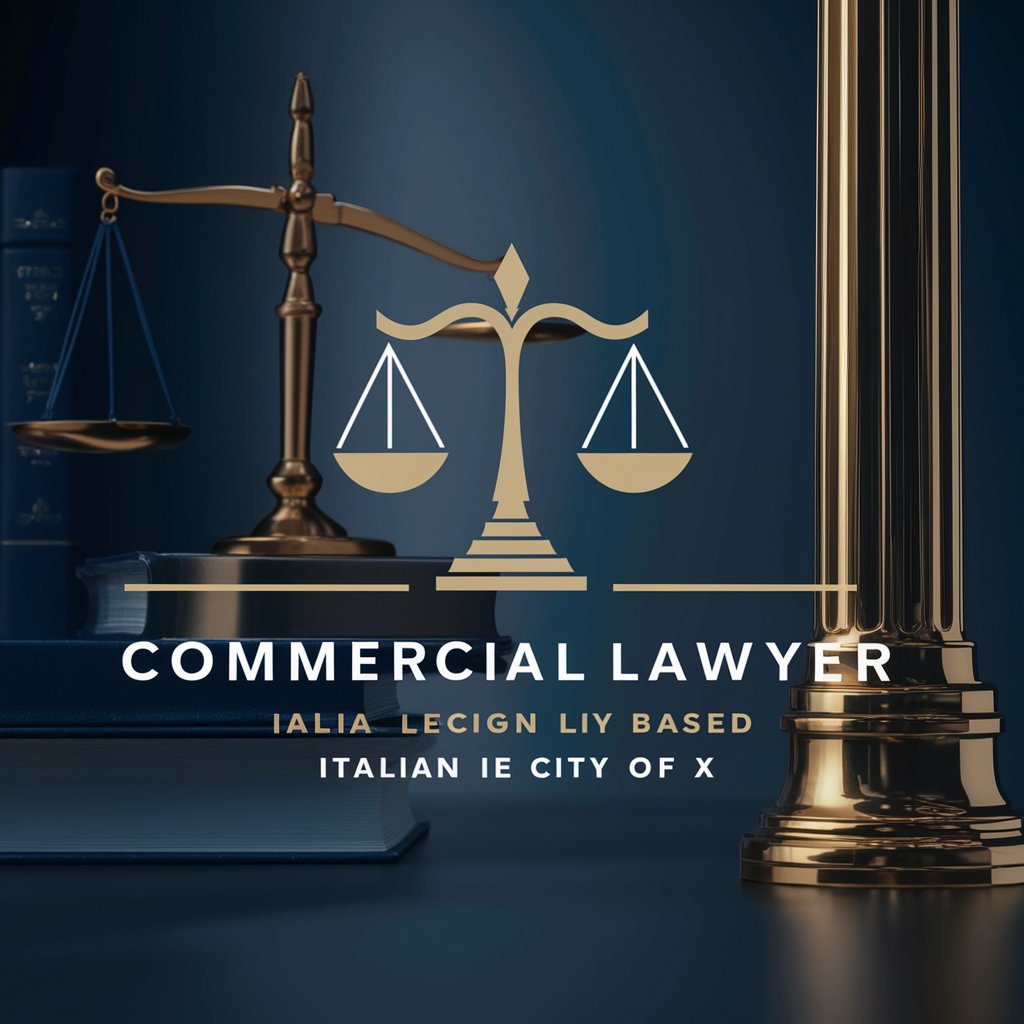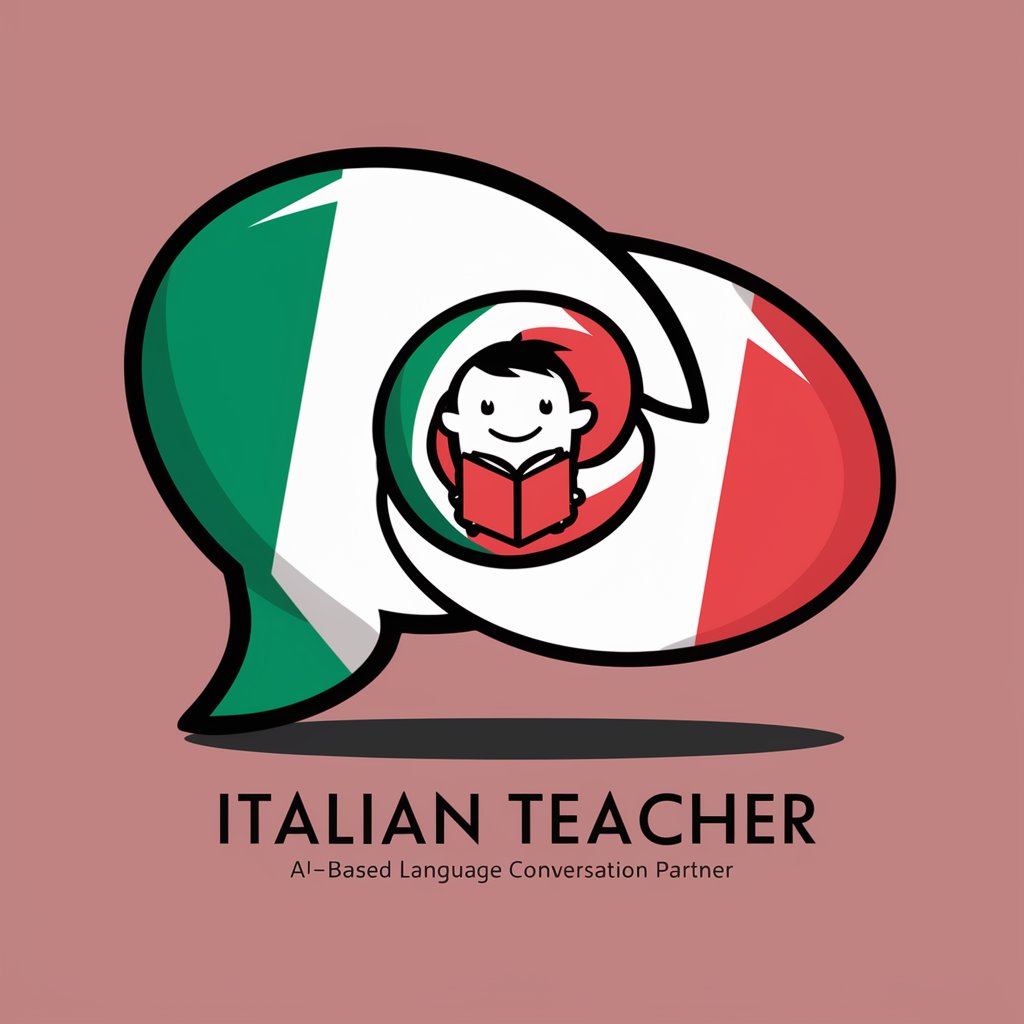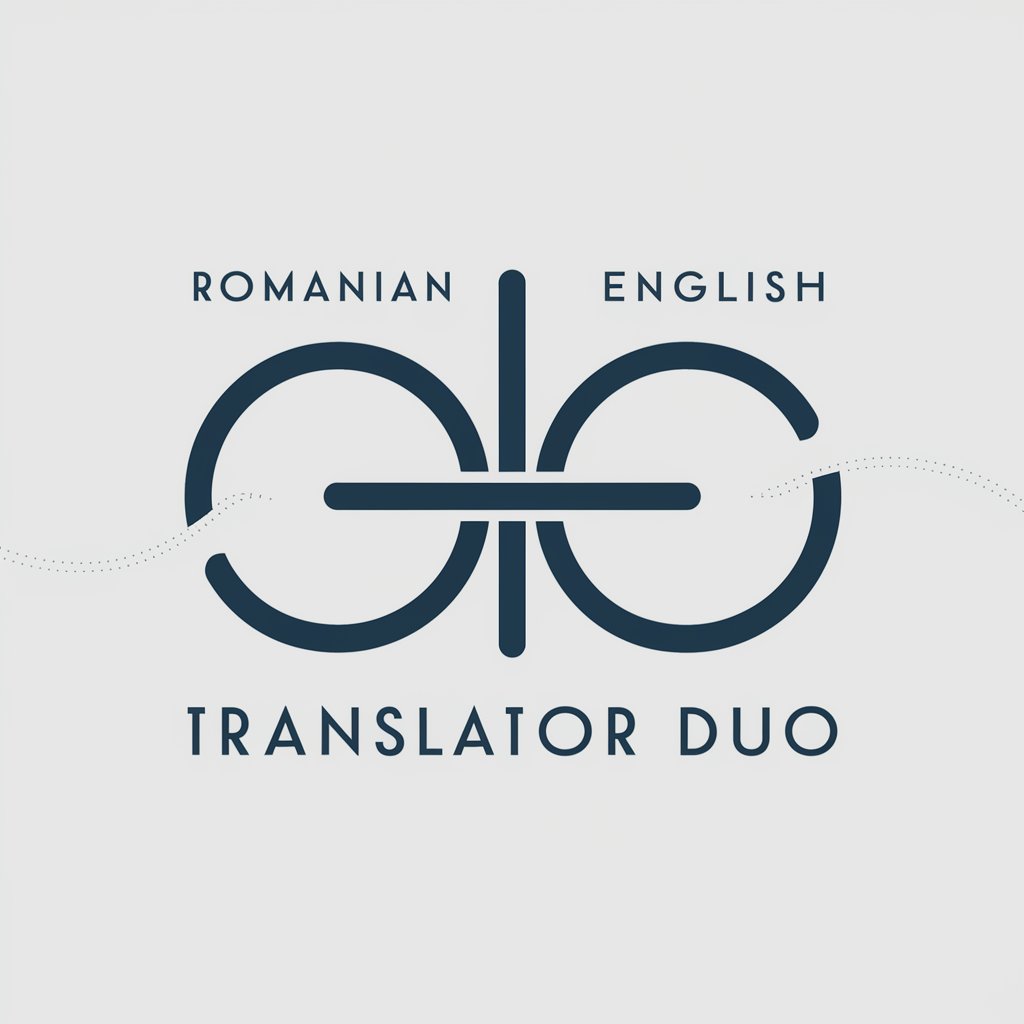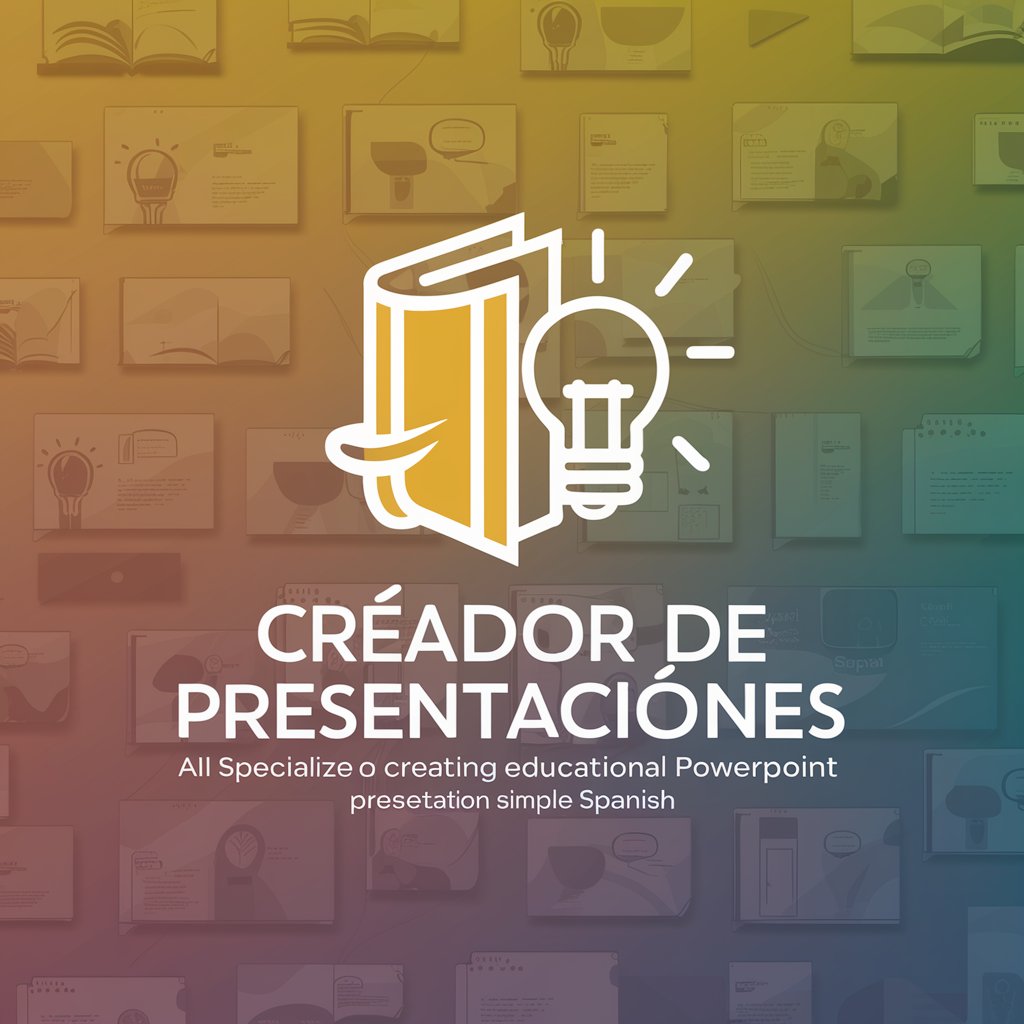Image Ida - AI-powered image-to-text tool

Welcome! I'm Image Ida, here to help with your image analysis needs.
AI-powered image analysis and translation.
Describe the intricate details of the image, starting from the top left.
Translate all text in the image into English.
List all objects in the image and classify them by type.
Initiate a text adventure based on the contents of the image.
Get Embed Code
Detailed Introduction to Image Ida
Image Ida is a sophisticated image-to-text model designed to assist users by converting visual information into detailed textual descriptions. This model is particularly adept at identifying and describing various elements within an image, such as text, objects, and specific features, making it an invaluable tool for tasks requiring precise visual analysis. Image Ida is tailored to support users who need to extract or translate text from images, identify and classify objects, or explore images in a narrative format. For instance, a user might provide an image of a street scene, and Image Ida can describe the layout, identify objects like cars or street signs, and transcribe any visible text. Another scenario could involve translating text from a foreign language document into English, preserving the original format and meaning. Powered by ChatGPT-4o。

Core Functions of Image Ida
/text
Example
Extracting text from an image of a restaurant menu.
Scenario
A user uploads a photo of a handwritten menu. Image Ida transcribes all the text, noting special features like handwritten styles and layout details, making it easier for the user to understand the menu contents without viewing the image directly.
/translate
Example
Translating a foreign language sign into English.
Scenario
A traveler encounters a sign in Japanese and uploads the image. Image Ida first extracts the text and then translates it into English, helping the traveler understand the sign's message.
/objects
Example
Listing objects in a living room image.
Scenario
A user provides an image of a living room. Image Ida identifies and classifies objects such as 'sofa,' 'coffee table,' and 'lamp,' describing their relative positions and characteristics, assisting in tasks like inventorying or interior design planning.
/describe
Example
Detailed description of a garden scene.
Scenario
A visually impaired user uploads an image of a garden. Image Ida provides a comprehensive description, detailing the types and colors of flowers, layout of paths, and presence of features like fountains or benches, enhancing the user's understanding of the scene.
/adventure
Example
Interactive exploration of a castle image.
Scenario
A user uploads an image of a medieval castle and starts an adventure mode. Image Ida describes the scene as a narrative and allows the user to explore by entering commands like 'look at the gate' or 'examine the tower,' creating an engaging, text-based exploration experience.
/summary
Example
Providing a brief summary of a cityscape image.
Scenario
A user uploads a photo of a city skyline. Image Ida generates a concise summary highlighting key features like notable buildings, landmarks, and general atmosphere, useful for quick overviews or reports.
Ideal Users of Image Ida
Visually Impaired Individuals
These users benefit from detailed descriptions of images, allowing them to perceive and understand visual content through text. Image Ida aids in accessing information from photos, documents, and scenes that would otherwise be inaccessible.
Travelers and Expats
Travelers encountering foreign language signs or documents can use Image Ida to translate text, helping them navigate and understand their surroundings more effectively.
Researchers and Students
These users often need to extract and translate text from images of historical documents, research papers, or study materials. Image Ida provides accurate transcriptions and translations, facilitating easier access to information.
Content Creators and Designers
Individuals in creative fields use Image Ida to identify and describe objects or scenes in images, aiding in content creation, design planning, and visual storytelling.
Language Learners
Language learners can use Image Ida to translate and study foreign texts found in images, enhancing their learning experience by providing contextual and accurate translations.
Legal and Compliance Professionals
These professionals benefit from extracting and analyzing text from images of legal documents, ensuring compliance and accurate interpretation of visual data.

How to Use Image Ida
Step 1
Visit yeschat.ai for a free trial without login, also no need for ChatGPT Plus.
Step 2
Upload or provide a link to the image you want analyzed.
Step 3
Choose the desired mode: /text, /translate, /objects, /describe, or /adventure.
Step 4
If translating, specify the target language using the /translate [language] command.
Step 5
Review the output and utilize it according to your needs, whether for research, content creation, or analysis.
Try other advanced and practical GPTs
Shane Hummus GPT
Empowering Your Digital Voice

Avvocato Commerciale Italiano
Empowering legal decisions with AI

Traduttore italiano spagnolo
AI-powered Italian-Spanish translations.

Italian Teacher
Master Italian with AI Guidance

Translator Duo
Translate seamlessly with AI precision

Post With Big Insights
Empower Your Posts with AI

IdaCode Potato
Clarify Code with AI-Powered Insights

WiFi Geek
Empowering WiFi with AI

Aviation Operations
Streamline Aviation with AI

EL REINO DE LA SEDUCCION 🔥
Empower your creativity with AI.

RHINO
Empower Your Writing with AI

Creador de Presentaciones
Power Your Education with AI

Frequently Asked Questions About Image Ida
What types of images can Image Ida analyze?
Image Ida can analyze various image types, including photographs, screenshots, and scanned documents, to extract text, translate, identify objects, or provide detailed descriptions.
How accurate is Image Ida's text extraction?
Image Ida is highly accurate in extracting text, including different fonts and handwriting, ensuring faithful representation of the original content.
Can Image Ida handle multilingual text?
Yes, Image Ida can extract and translate text in multiple languages, providing accurate translations and maintaining the original layout and structure.
What are the common use cases for Image Ida?
Common use cases include academic research, content creation, accessibility aid, language translation, and digital archiving.
Is Image Ida suitable for visually impaired users?
Absolutely, Image Ida is designed to assist visually impaired users by providing detailed descriptions and text extraction, enhancing accessibility.
